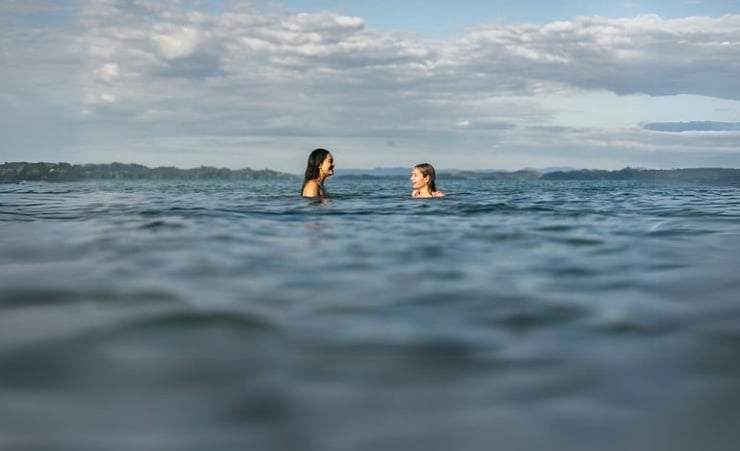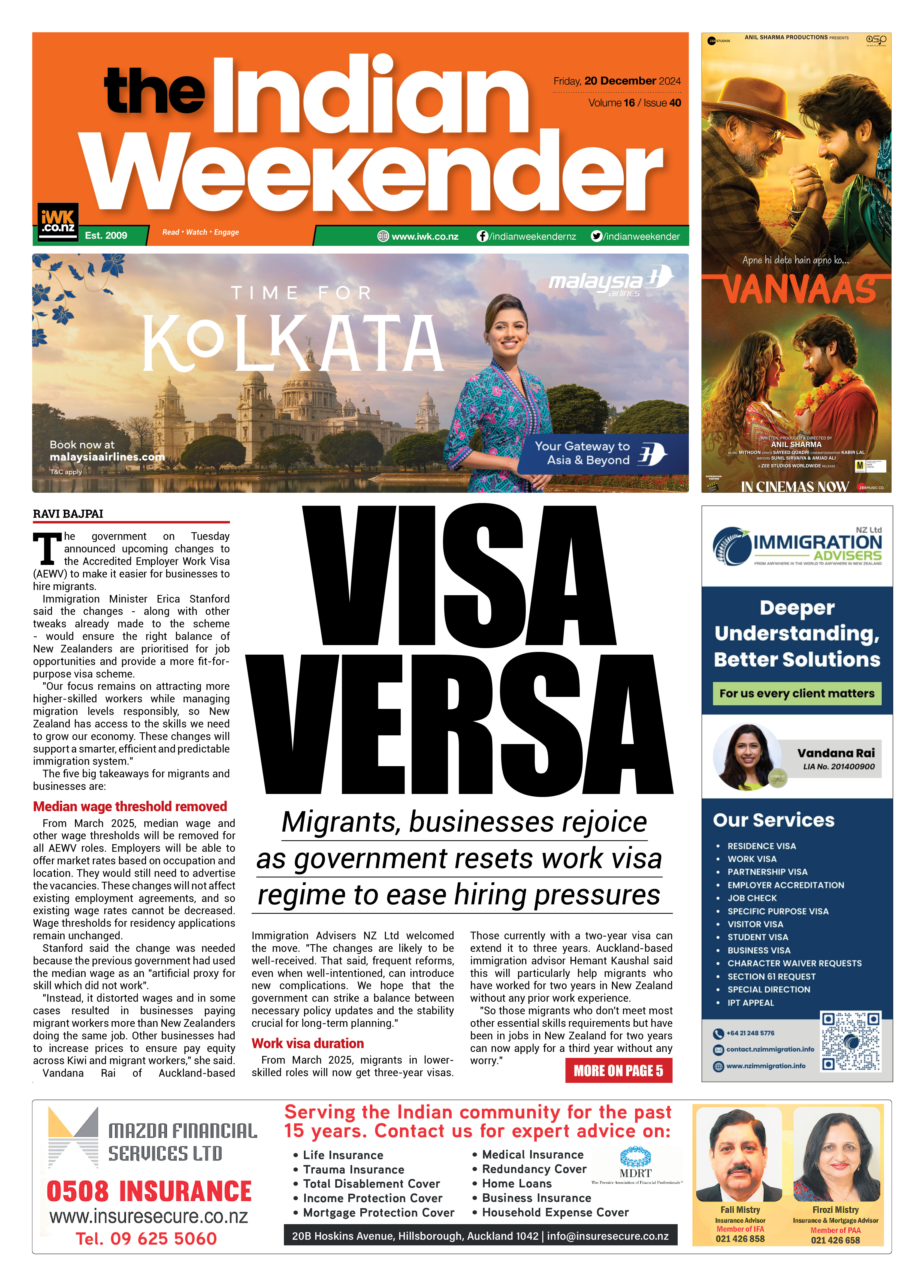tips to stay safe at auckland beaches this summer

Hello summer, you beautiful thing! Beach weather is back, and with hundreds of beaches across the region to choose from, beach hopping should be on your list of free, fun holiday activities. But before you pack your togs and towel, always check the water quality and swimming conditions of your intended swimming spot.
To help decide where to go and the right beach for you, check the Safeswim website – a one-stop destination for all information regarding water quality, hazards, lifeguarded beaches, patrol times and swimming conditions.
How is that water quality?
Sometimes there are issues with water quality at many of Auckland’s beaches, especially after heavy rainfall and more recently with the sinkhole that opened due to old pipe infrastructure.
Safeswim provides real-time advice on the level of risk associated with swimming at specific locations. It also allows beach users to make informed decisions on when and where to swim.
Safeswim combines real-time monitoring of the wastewater and stormwater networks with predictive models, to provide forecasts of water quality at swimming sites.
Safeswim’s water quality information is calibrated to each individual beach. Beaches next to each other may show a different status because water quality is influenced by factors specific to each beach.
Simply go to the Safeswim website (Safeswim.org.nz), use the map to locate your favourite spot or type in the name of the beach you want to visit under “Find a beach”. The beach will be marked with either a green pin to indicate a low risk of getting sick from swimming or a black pin if swimming is not advised due to sewage overflows.
Swim between the red and yellow flags
It’s incredibly rare for anyone to drown when swimming between the red and yellow flags. Not all Auckland beaches are patrolled by trained surf lifeguards, but thanks to thousands of hours of volunteer work by surf lifesaving clubs, many of them are – particularly the more dangerous ones.
You can easily find out which beaches have surf lifeguards on the Safeswim website by clicking on the ‘See lifeguarded’ red and yellow flag icon. Note that surf lifeguards are not on duty all the time. Click on the flag for a particular beach to view a calendar of on-duty times.
Check the conditions
When you click on a particular beach you’ll also be able to find out helpful information such as the weather forecast, water temperature (handy if you’re one of those people who like it to be really warm before you’ll take the plunge) and also potential hazards, such as large waves, strong currents or large drop-offs in the water. You can also find out tide times, which is particularly handy if you’re heading out on a walk where you can only cross a path at low tide.
The website also has a general description of what the location is like (think of it as Beachopedia), which is great if you’ve never been there before, and especially if you’re wondering whether it’s suitable for children or swimmers who are not confident.
Rip rules
Rips are often calm patches in the surf with waves breaking either side, a ripple pattern on the sand or small holes beneath your feet in the water and discoloured or foamy ‘rivers’ of water between waves. It’s also important to know long piers or jetties can cause a longshore current that makes these areas of the water more susceptible to rips.
Though the idea of being caught in a rip is scary, Surf Life Saving New Zealand advises you not to panic. Stay calm, relax and float instead of trying to swim back to shore. Raise your hand for help and ride the rip until it stops, and you can swim back to shore, or it circulates and brings you back into shallower waters.
Look after tamariki
Always, always keep a close eye on children in and near the water and keep small children within arm’s reach. If there’s only one adult it can be hard to keep an eye on several kids at once. Taking a friend or family member to help you supervise can make swimming with kids less stressful. However, make sure anyone supervising children in the water is over the age of 16. Choose a beach with surf lifeguards and think twice before heading to wilder locations such as Te Henga / Bethells Beach. Stay focused and avoid distractions. Even older kids who can swim need to be supervised. And know where your mates are?
Know your limits
This year, there have been 73 drownings between 1 January and 31 October. Don’t underestimate the power of the ocean and never push yourself beyond your limits. If you don’t know how to swim or you’re not confident in the water, sign up for one of Auckland Council Pools and Leisure Learn to Swim classes for adults and children.
Decide with Safeswim @ safeswim.org.nz For more information on water safety, visit Safeswim, Drowning Prevention Auckland and Water Safety New Zealand





